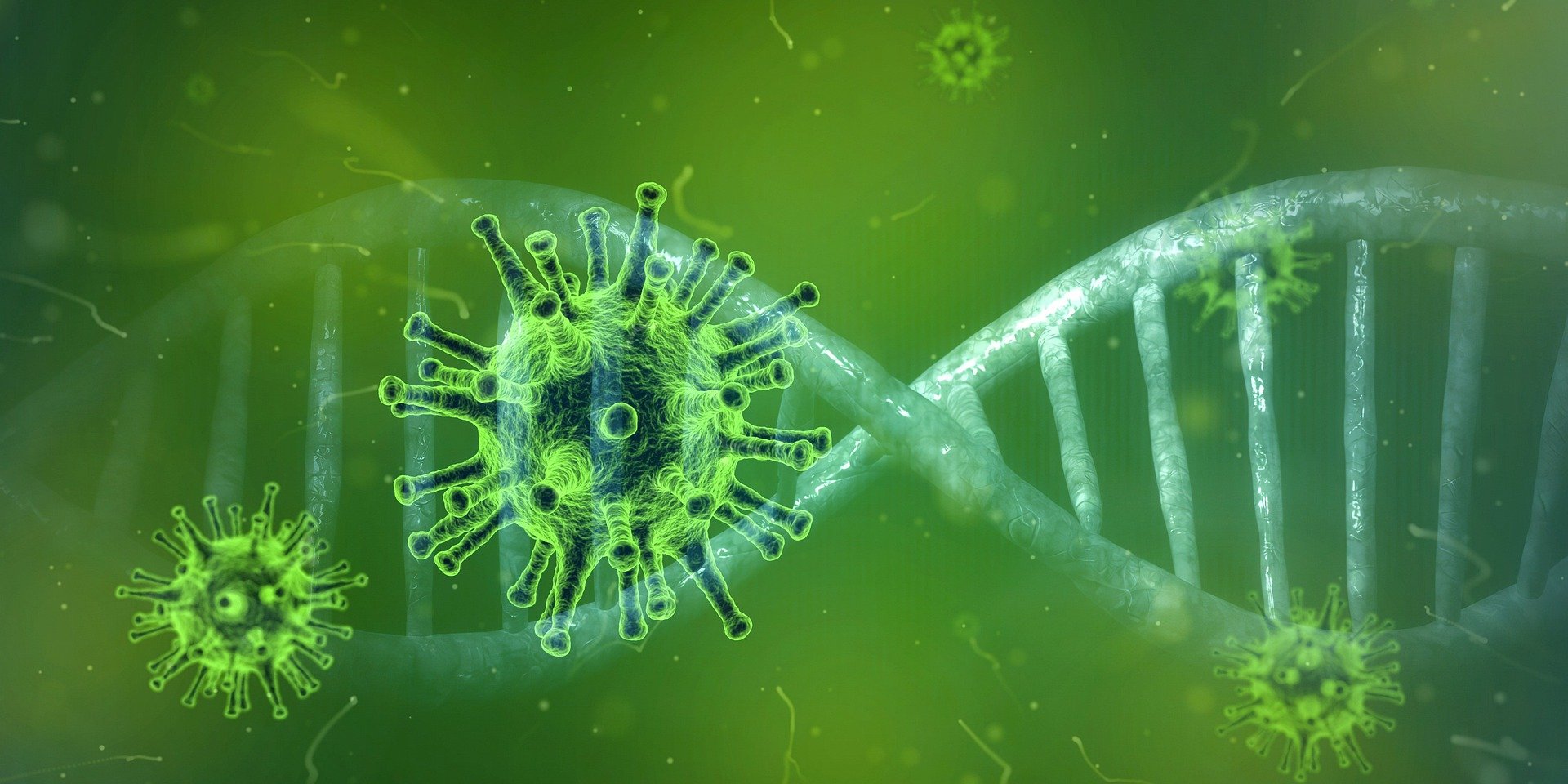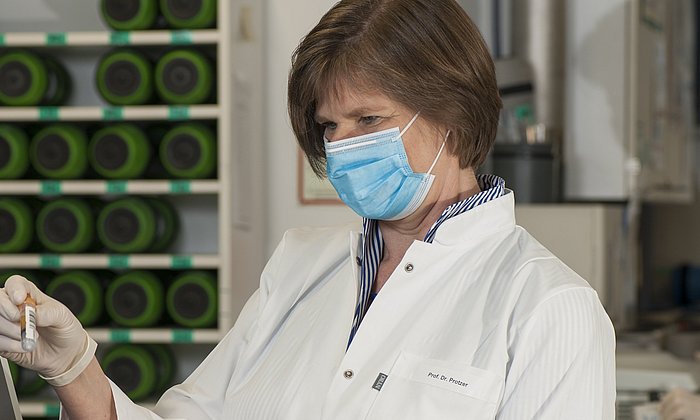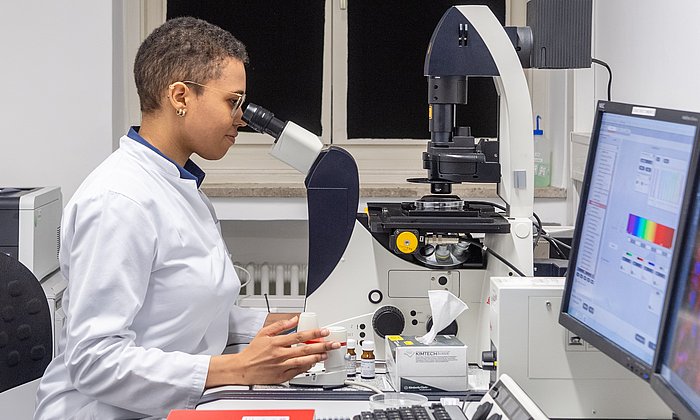Overlapping gene found in SARS-CoV-2
On the trail of the genetic code

Viruses often have so-called overlapping genes, which can easily be overlooked but may play an important role in virus spread, even up to the level of a pandemic. Dr. Zachary Ardern, scientist in the field of Microbial Ecology, has studied the matter in great detail. In this interview, he talks about his research results.
You do research on overlapping genes. How should one think of your field of research?
At first glance, genes appear to be like written language because they consist of letter strings (nucleotides) that convey information. However, while the individual units of language, that is to say written words, can only be arranged one after the other, genes can be overlapping and multifunctional, with information being cryptically encoded, depending on which letter you start with. Overlapping genes or “genes within genes” are difficult to identify. They are particularly common in viruses that have been refined by natural selection to maximize their replication and thus the information content per nucleotide.
Which question have you now investigated specifically with regard to the corona virus?
If overlapping genes with functional significance are overlooked, important aspects of viral biology can be misunderstood. Even before the COVID 19 pandemic, we had developed a method of studying overlapping genes, “OLGenie“. This method searches genomes for patterns of genetic alterations that are unique to overlapping genes. We have now applied this as well as other methods to the wealth of new sequence data available for SARS-CoV-2.
What have been your most important results?
We have identified ORF3d, a new overlapping gene in SARS-CoV-2 that has the potential to encode an unexpectedly long protein. We have found that this gene is also present in a previously discovered pangolin coronavirus, which is a relative of SARS-CoV-2. However, the new ORF3d was previously misclassified. As a result, its function was not predicted accurately. We have now described the evolution of this gene in detail, have shown that it is likely functional, and have distinguished it from the various other overlapping genes currently recognized in SARS-CoV-2.
Who could ultimately benefit from the results of your study, and what would need to be done before we could achieve these benefits?
In terms of genome size, SARS-CoV-2 and its many relatives are among the longest RNA viruses in existence and have a very low mutation rate. They may therefore be more susceptible to “genomic tricks” than other RNA viruses. Overlapping genes may be one of the many ways corona viruses have evolved to efficiently replicate, thwart host immunity, and transmit themselves. Knowing that there are overlapping genes and how they work may reveal new ways of controlling coronaviruses with vaccines and antiviral drugs.
Chase W. Nelson, Zachary Ardern, Tony L Goldberg, Chen Meng, Chen-Hao Kuo, Christina Ludwig, Sergios-Orestis Kolokotronis, Xinzhu Wei: Dynamically evolving novel overlapping gene as a factor in the SARS-CoV-2 pandemic. eLife.
The team involved was international and was led by three postdoctoral researchers in Taiwan, Freising-Weihenstephan and California. It included researchers from both the Chair of Microbial Ecology and BayBioMS (Bavarian Center for Biomolecular Mass Spectrometry). The methods used are directly based on years of basic scientific research on overlapping genes at the Chair of Microbial Ecology led by Professor Siegfried Scherer.The chair is associated with the ZIEL - Institute for Food and Health.
Technical University of Munich
Corporate Communications Center
- Susanne Neumann / Katharina Baumeister
- presse@tum.de
- Teamwebsite
Contacts to this article:
Prof. Dr. Siegfried Scherer
Chair of Microbial Ecology
E-Mail: siegfried.scherer@wzw.tum.de
Tel.: +49 (8161)71-3516
Dr. Zachary Ardern
Scientist at the Chair of Microbial Ecology
E-Mail: zachary.ardern@tum.de
Tel.: +49 (8161)71-3851


